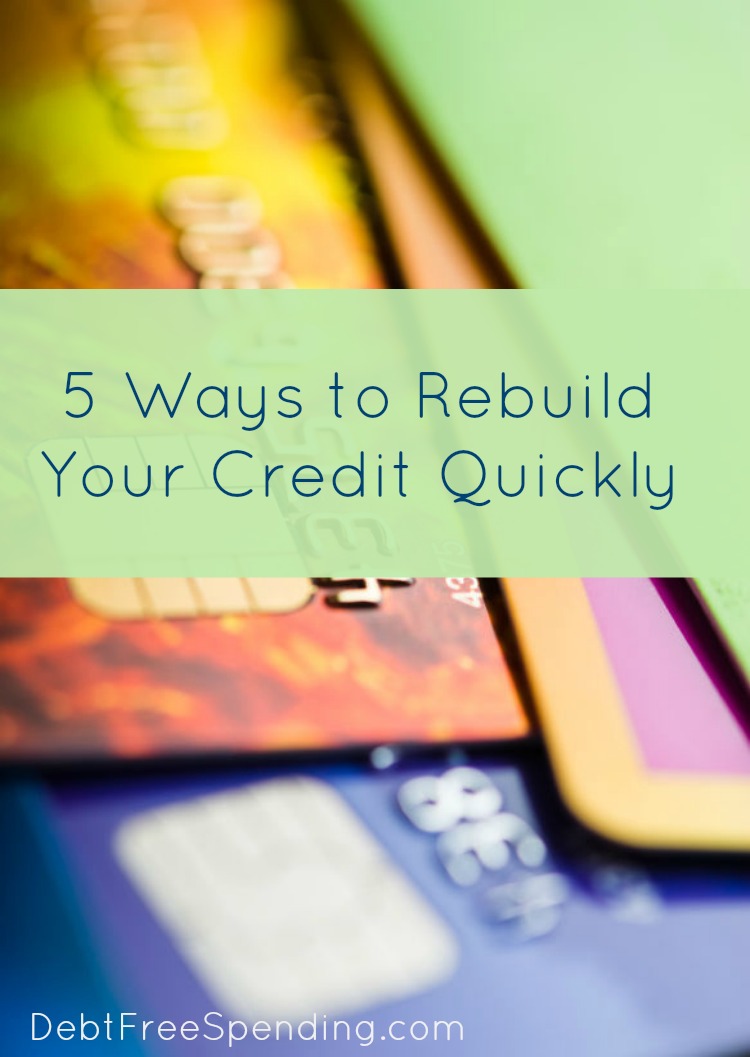*Please note we are not financial professionals, and this is not to replace the advice of tax, financial, or legal counsel.

Several years ago I had a family member come to me after a very difficult divorce and ask for help with his credit. His wife had frivolously spent their money and had completely taken their finances to what he thought was the point of no return. His credit score was one of the lowest I had ever seen, but I told him not to worry that we would work through it one bill at a time. It was a very difficult divorce, and we spent many hours talking about his finances and debt. However, within a year and a half, he was able to buy a home based on these same principals, and we will show you 5 Ways to Improve Your Credit Score Quickly. Please note, if you have extensive Student Loan debt, read our entire Student Loan blog post series.
5 Ways to Improve Your Credit Score Quickly
1. Determine what you owe. The first task was to determine what debt he and his wife had acquired and who was going to pay off which bills. Download our Financial Freedom Plan free printables, especially our Debt Repayment Planner. We determined that his personality was best suited for the Snowball Method of Debt Repayment, and not the Interest Rate Method. He liked checking things off the list, and so we started with the lowest amounts first. However, please note that he was paying on several debts at the same time, and he did have to live with his parents for about a year to get his finances back under control.
Also, get your credit score for free with Credit Sesame. You will need a copy of your credit report to see what negative credit is listed on your report. All of these credit listings effect your credit score.
In the meantime, he and his ex-wife decided which bills each of them would pay off, and he also paid off the ones that were only in his name or their names together. Because his ex-wife had created so many other bills in her own name, he did not work on paying those down and negotiated with her about which ones he would help with, but not until after all of the bills in his name only were paid.
2. Contact each of your creditors and negotiate or set-up payment plans. After we made a list of all the debtors he was going to pay back, he contacted each of the bill collectors for bills that had gone to collection and set-up payment plans for those debts. He also negotiated lower amounts for several of the debts, and paid some completely off. Also, he started with the newest ones first whenever possible.
3. Repair incorrect information. As he paid off debts, they didn’t always show up as paid on his credit report, so we would write letters to each of his creditors asking them to please remove the negative credit from the credit report. We did this for approximately 6-9 items that were showing up on his credit report. Our post on What is Credit has the list of the three reporting agencies, their websites, and phone numbers.
4. Pay on time. This is the number one way to start improving your credit score. Having some debt can be a good thing when you are trying to repair your credit. You should have at least three debts in good standing that you pay on time every month. One thing he did was to get a credit card where you pay so much money up front to get the credit card, and then that is your limit. It’s different than a pre-paid gift card because you have to apply and be approved, and they report to a credit reporting agency each month. He would use it to buy small purchases like a pair or jeans or gas each month and then pay it off as soon as his bill came.
The other option is to put a slightly larger amount on a credit card and make monthly payments on time every month. For example, you might charge $100 at a store and then pay $20 on it each month, so that you are paying above the minimum payment, but take several months to pay it off. This shows the creditors that you are making regular, on-time payments, which is what makes good credit.
5. Have three sources of good credit and only use 30% of your limit. Once he was able to get his first credit card, his next step was to get an auto loan. Finally, he was able to purchase his house, but each time he received a new credit card (in the end, he had a total of two credit cards and an auto loan to show creditors his good credit), he wouldn’t use more than 30% of his limit. This means that if you have a $1,000 limit, don’t use more than $300 in credit.
On a side note, he recently purchased a newer truck, and it was so exciting to see him have no problem getting the loan he needed. He also has a Harley he loves, and by the way, he is still single, and I think he’s a pretty awesome guy!
Comment your credit stories below. How did you improve your credit?


Leave a Reply